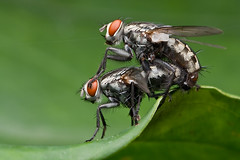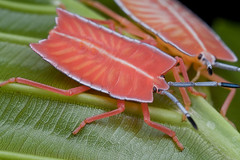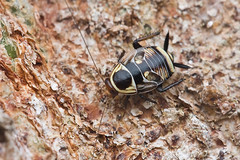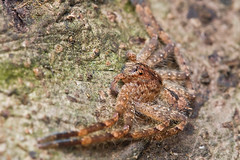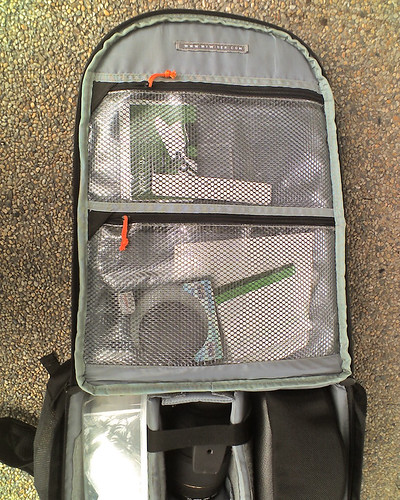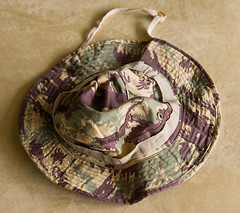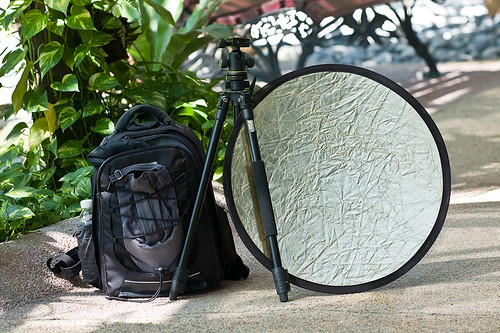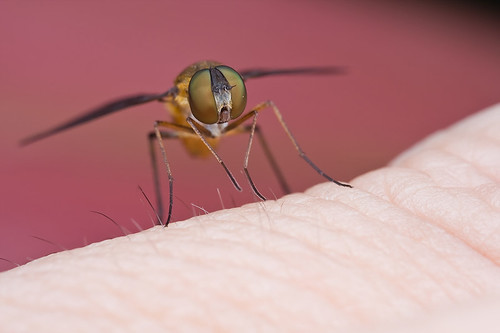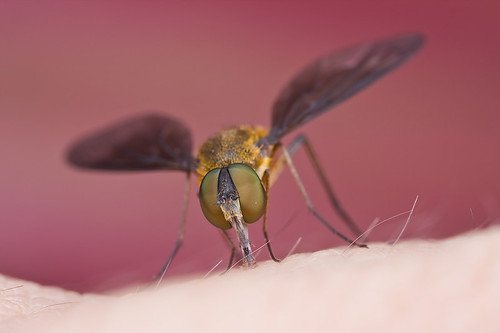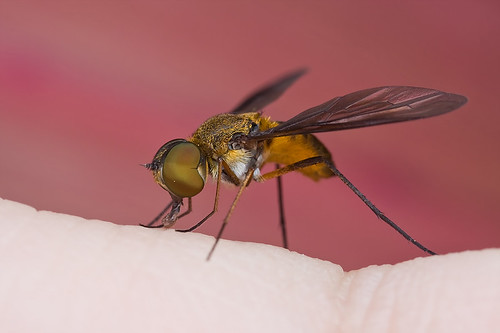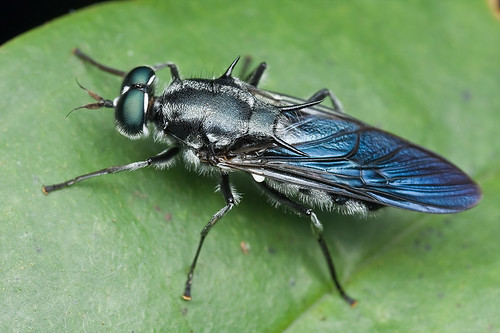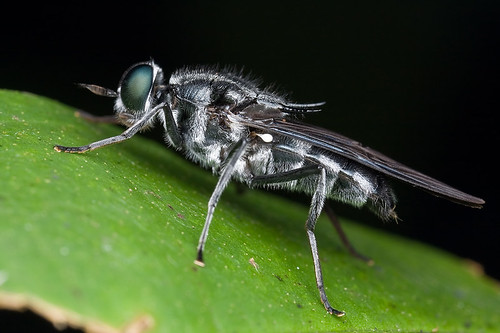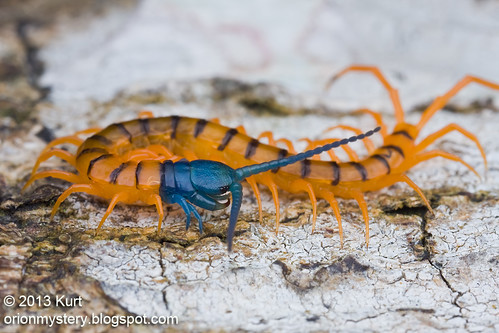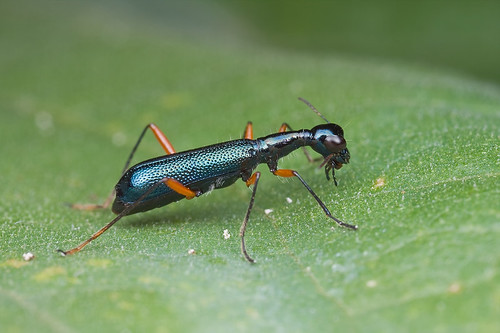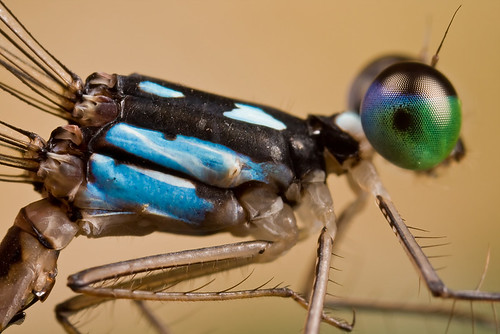This is just a simple, quick and dirty review of the effectiveness of the Image Stabilization of the
Canon EF 100mm f/2.8L IS USM 1:1 Macro Lens. . If you would like to know more about its IQ (Image Quality), you can check out the official reviews on Dpreview.com:
Canon EF 100mm F2.8 L IS USM Macro Review Andy Westlake, October 2009
Based on my simple tests, the IS (Image Stabilization) of the
Canon EF 100mm f/2.8L IS USM 1-to-1 Macro Lens
is really amazing. One of the very few IS that works even at macro range. I had the chance to test out this amazing
Canon 100mm f/2.8 IS L USM macro lens
for a couple of weeks and i was really impressed with its amazing IS (Image Stabilisation). It is really worth getting one if you can afford it.
(1). Non Macro range. All handheld, 1/10s, F9, ISO250
Left column: IS On.
Right column: IS Off
I took 5 shots first with the IS on, then another 5 with the IS Off. I then opened them all up in ACR (Adobe Camera Raw) and adjusted only the WB and Exposure/Brightness. The rest all default setting of ACR.
This was what I shot:
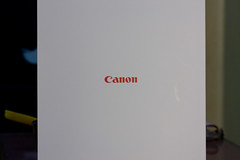
I then did a 100% crop before pasting them all into one image for easier comparison.

You can view the full size image of the above
here.
Why did I choose 1/10s? Well, Canon rates this IS system for 3 stops of assistance at 0.5x/1:2 and 2 stops of assistance at 1x/1:1, and
4 stops at non macro range.
The recommended handheld shutter speed at non macro range:
= 1 / [focal length * crop factor]
= 1/(100*1.6)
= 1/160
4 stops of advantage at non macro range ->
One stop -> 1/80
2 stops -> 1/40
3 stops -> 1/20
4 stops -> 1/10
Observation:
With IS On, 1 out of 5 was definitely sharp, even at 100%. And with a bit of raw level i.e ACR sharpening and Photoshop sharpening, i think 3 out of 5.
With IS Off, there was no keeper. 1 out of 5 could still probably be used for web posting.
============================
(2). 1:2 magnification (0.5x) macro range. All handheld, 1/50s, F5, ISO400
Left column: IS On.
Right column: IS Off
I took 5 shots first with the IS on, then another 5 with the IS Off. I then opened them all up in ACR (Adobe Camera Raw) and adjusted only the WB and Exposure/Brightness. The rest all default setting of ACR.
The images i took looked like this before cropping:

I then did a 100% crop before pasting them all into one image for easier comparison.

You have to view the original, full size image
here to see the differences.
Why did I choose 1/50s? Well, Canon rates this IS system for
3 stops of assistance at 0.5x/1:2 and 2 stops of assistance at 1x/1:1, and 4 stops at non macro range.
The recommended handheld shutter speed :
= 1 / [focal length * crop factor]
= 1/(100*1.6) but this is for non macro range only.
For macro at 0.5x, it should be:
(m = magnification = 0.5)
= 1/ [focal length * crop factor * (1+ m)^2]
= 1 / [100*1.6* 1.5^2]
= 1/360
One stop -> 1/180
2 stops -> 1/90
3 stops -> 1/45
The nearest you'll get on the modern SLR is 1/50. A bit of safety margin there i.e slightly higher shutter speed.
Observation
It's hard to put a number here. Both the left column and the right column look okay esp at web size. But if you zoom in to 100%, you'll see noticeable lack of sharpness on the right column (IS Off).
Check out the pointed top ends of the words C and A, and also the texture on the red words. Surprisingly, it's easier to see the differences at 66.67%. At this zoom level, I'd pass all the images on the left column (IS On), and fail all those on the right column (IS Off).
But I'm interested in knowing your opinions :)
===================================================
I didn't do any IS test at 1:1. At this close range, I'll most likely be doing full flash photography rather than natural light shots.
Now a few
sample shots from this amazing Canon EF 100mm f/2.8 L IS USM lens:
Natural light/fill flash shots:
Mostly shot in Av mode. I first decided what aperture i wanted, then raised the ISO till I could get a decent shutter speed for handheld, typically 1/30 or slightly higher.



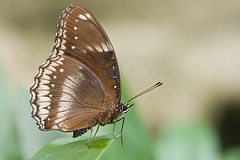
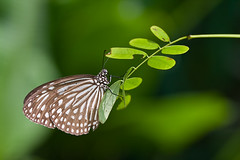
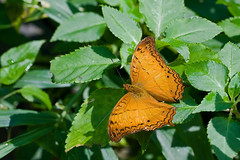
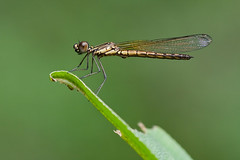
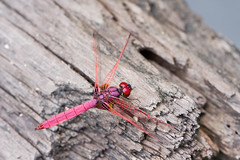

Now a few
full flash shots:
All with the 100mm f/2.8 IS, 40D, and 580EXII with this
DIY Snoot Diffuser. Typical setting: 1/200, F11, ISO100-200, handheld.


